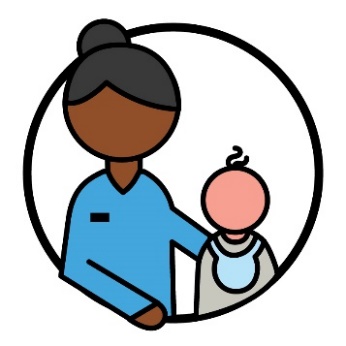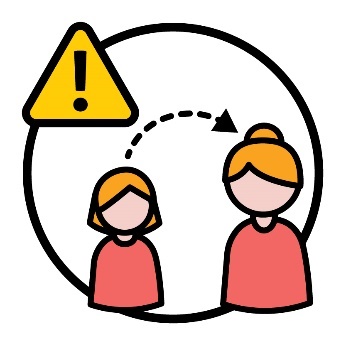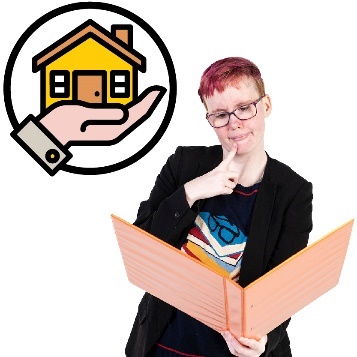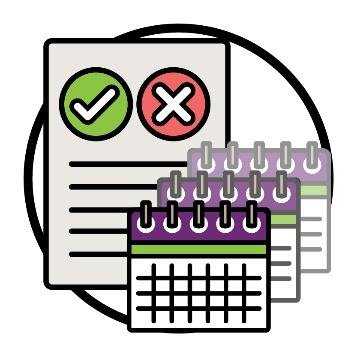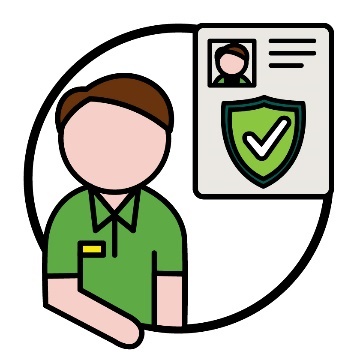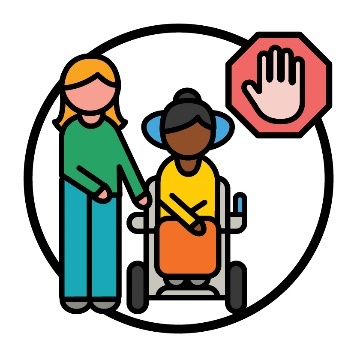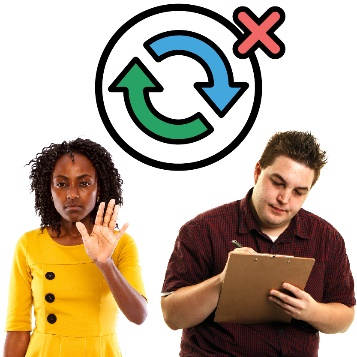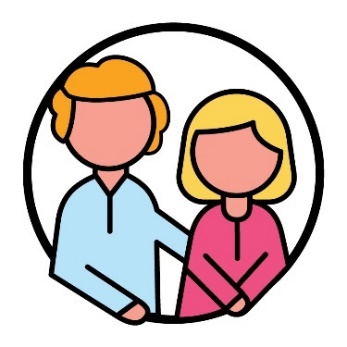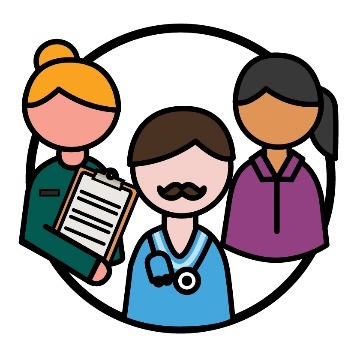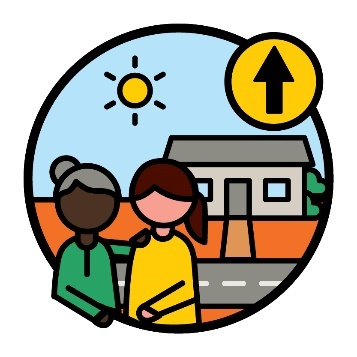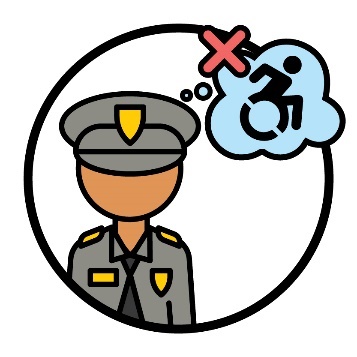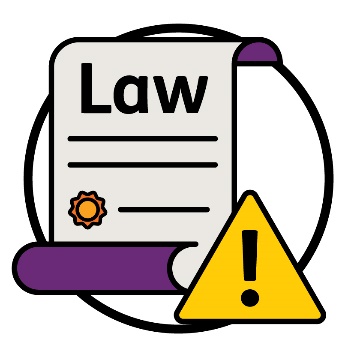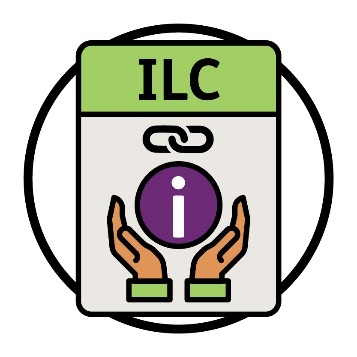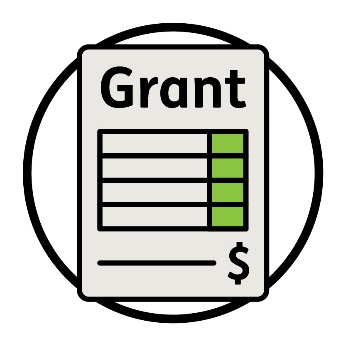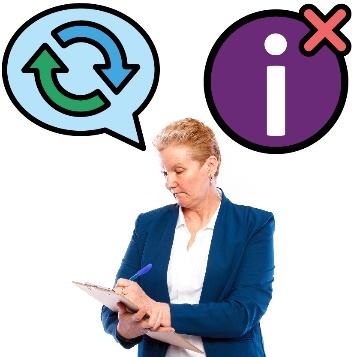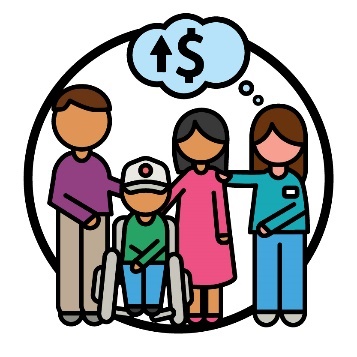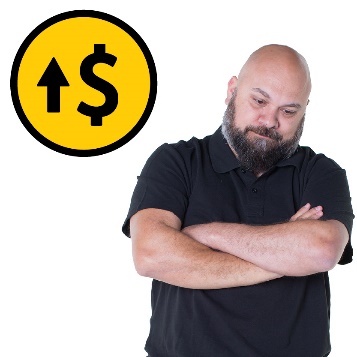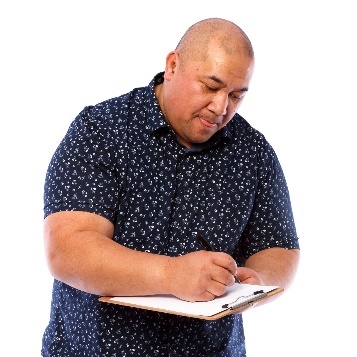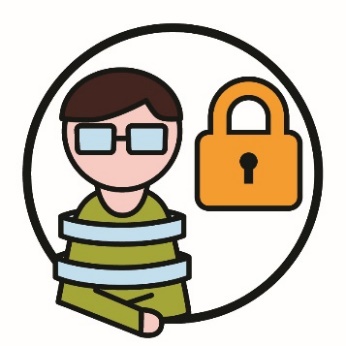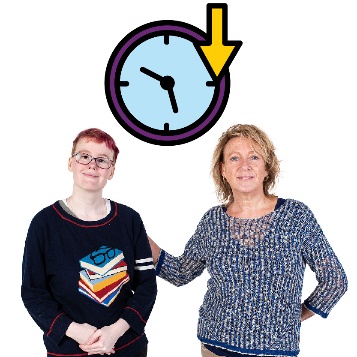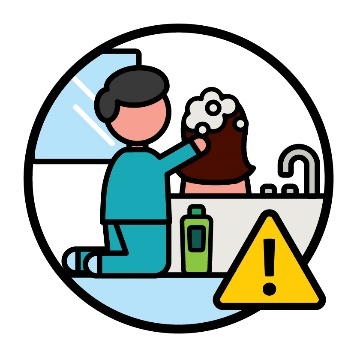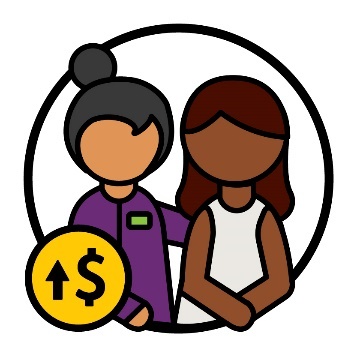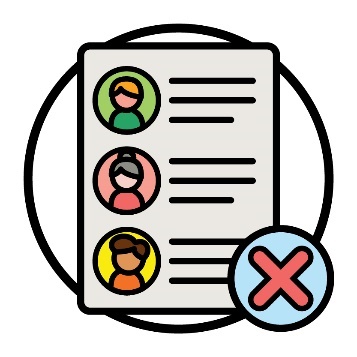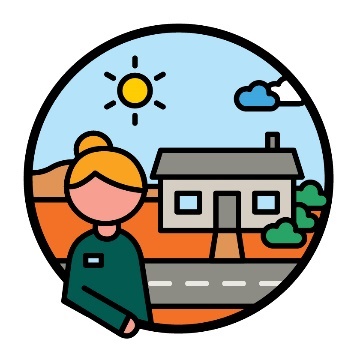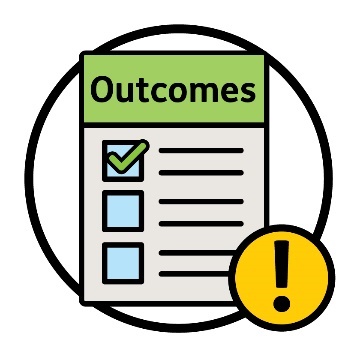What did our IAC Members share?
|
|
Our IAC Members connect with the community to find out about issues that affect them. |
|
|
|
Our IAC Members shared these issues with the NDIA. |
|
NDIS plans
|
|
IAC Members shared that sometimes the NDIS will give a participant’s plan to their family. |
|
|
Participants are people with disability who take part in the NDIS. |
|
|
The NDIS sometimes gives families a plan when they should give it to the participant. For example, when the participant is an adult. |
|
|
IAC Members worry that some children who live out of home can’t get the support they need from the NDIS. |
|
|
This includes children:
|
|
|
Some children might not develop in the same time as other children of the same age. They may need extra help to do everyday things. When this happens, we say they have a developmental delay. |
NDIS services and supports
|
|
IAC Members shared that families are happy early childhood partners now support children up to 9 years old who have disability. |
|
|
Early childhood partners support:
|
|
|
But IAC Members also shared that it’s hard for some families to find and use a local area coordinator (LAC). An LAC is someone who helps people with disability find and use supports and services. |
|
|
IAC Members explained it’s harder for some participants to get the supports they need as they get older. For example, when young participants become adults. |
|
|
It can be harder for these participants to find information about home and living supports. |
|
|
IAC Members also explained sometimes it takes the NDIA a long time to make decisions about home and living supports. |
The community and government services
|
|
IAC Members explained that the Worker Screening Check stops some people from being support workers. A Worker Screening Check is a way to help keep people with disability safe. |
|
|
|
For example, it can stop people with disability from being a support worker if they have broken the law. |
|
|
|
IAC Members shared that some guardians stop participants from making changes to their supports and services. |
|
|
|
A guardian is a person who acts and makes decisions for you. Your guardian might be:
|
|
|
|
For example, they don’t let participants change their providers. Providers support people with disability by delivering a service. |
|
|
|
IAC Members explained that carers who live far away from cities and towns should get more support. And carers should get this support before they ask for it. |
|
|
|
IAC Members shared that the justice system does not always:
|
|
|
|
Our justice system includes:
|
|
|
|
IAC Members worry that new laws might make it harder for some people with disability to connect with support workers. |
|
|
|
The Information Linkages and Capacity Building program gives grants to organisations that support people with disability. In this document we call it the ILC program. |
|
|
|
A grant is money from the government to pay for important work that can help others in the community. |
|
|
|
IAC Members explained that grants from the ILC program were meant to change this year. But there is no information about how these grants have changed. |
|
Providers
|
|
IAC Members shared that some providers choose people and families with disability who are easy to support. And then they charge them the most money they can. |
|
|
|
IAC Members worry that some providers might struggle if their insurance costs too much. |
|
|
|
Insurance is a service you pay for to protect you if something goes wrong. If you have insurance and something goes wrong, your insurance company pays the cost. |
|
|
|
IAC Members shared that providers must fill out a lot of paperwork when they use restrictive practices. |
|
|
|
Restrictive practices are actions that stop people from:
|
|
|
|
This means providers have less time to support people with disability in the ways they want. |
|
|
|
IAC Members also shared that it’s hard to find support workers who will do certain activities. For example, bathing people with disability. |
|
|
|
IAC Members explained that some unregistered providers support First Nations peoples so they can make more money. |
|
|
|
An unregistered provider can still offer supports and services to participants. But they are not on a list that the NDIA looks after. |
|
|
|
IAC Members shared that smaller providers are going back to areas far away from cities and towns. |
|
|
|
IAC Members hope this means participants who live in these areas will have better outcomes. Outcomes are important results we want to achieve. |
|









